The Brescia Spadona, a 15th Century Italian longsword is one of Albions Museum Line Collection Swords – These are recreations of specific, fine historical swords in the worlds museums. These recreations are founded on Albions sword expert Peter Johnssons hands-on research and analyzation of the originals
The Brescia Spadona is a faithful recreation of an historical sword named after the city where it now resides, in the Museo Civico L. Mazzoli in Brescia, Italy. This long sword is referred to as ”spadona da una mano e mezza” or longsword of one hand and a half and dates from the mid 1400’s. It is born from a meeting between great sword manufacturing areas. The blade was forged by one of the masterful swordsmiths in the renowned workshops of Passau, in southern Germany. From here it was exported to a north Italian sword cutler who mounted the blade according to his and his customers ideals. The beautifully proportioned hilt is of Italian manufacture in a style that was popular during the first half of the 15th century. The well-forged cross combines graceful shape with sturdy construction, and the pommel is octagonal with its upper faces hollow ground for an elegant appearance and deadly effect in close quarter combat.
Balance and heft is such that the handling character belies its actual weight. The sword is perfectly adapted for the advanced fencing techniques of the master Fiore deLiberi. The slim but very stiff point responds effortlessly to every move and feint while the mass of the sword and its well formed edges allows for very decisive cutting.
The aim of this reconstruction is to present the sword as it was when delivered from the Italian cutler’s shop some 550 years ago. A careful recreation such as this will present sword enthusiasts and students of historical swordsmanship with unique insights and hands on experience of an outstanding late medieval longsword.
Albions recreation of this sword has a blade that has been hand ground to shape and tempered for the right mix of flexibility and edge retention and finished to a satin polish. The edge has been sharpened like the original, which had a gradual bevel that became keenly sharp at the tip. The crossguard and pommel are of steel and the grip is wood covered with tight leather over cord.


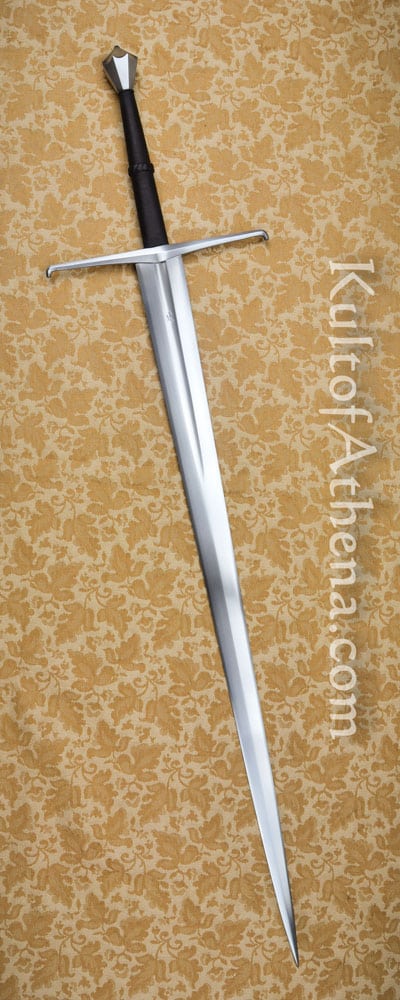


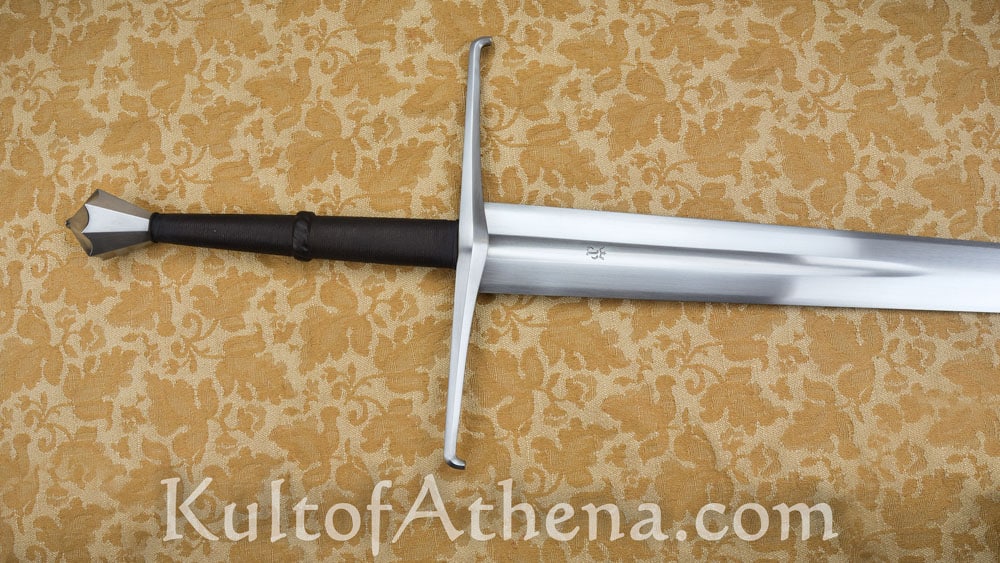
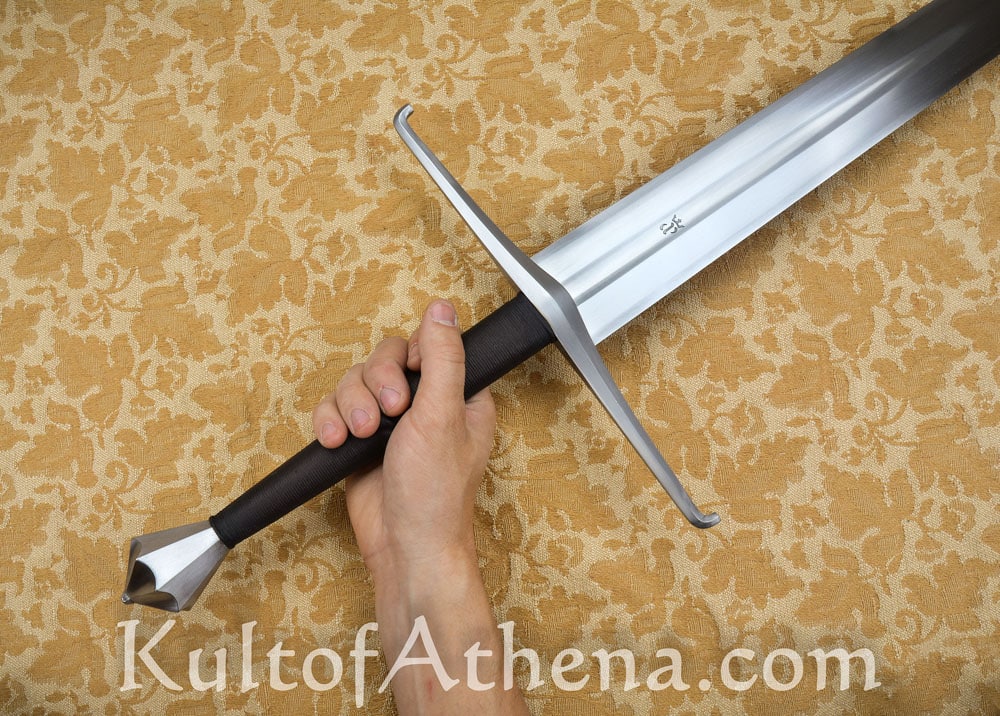
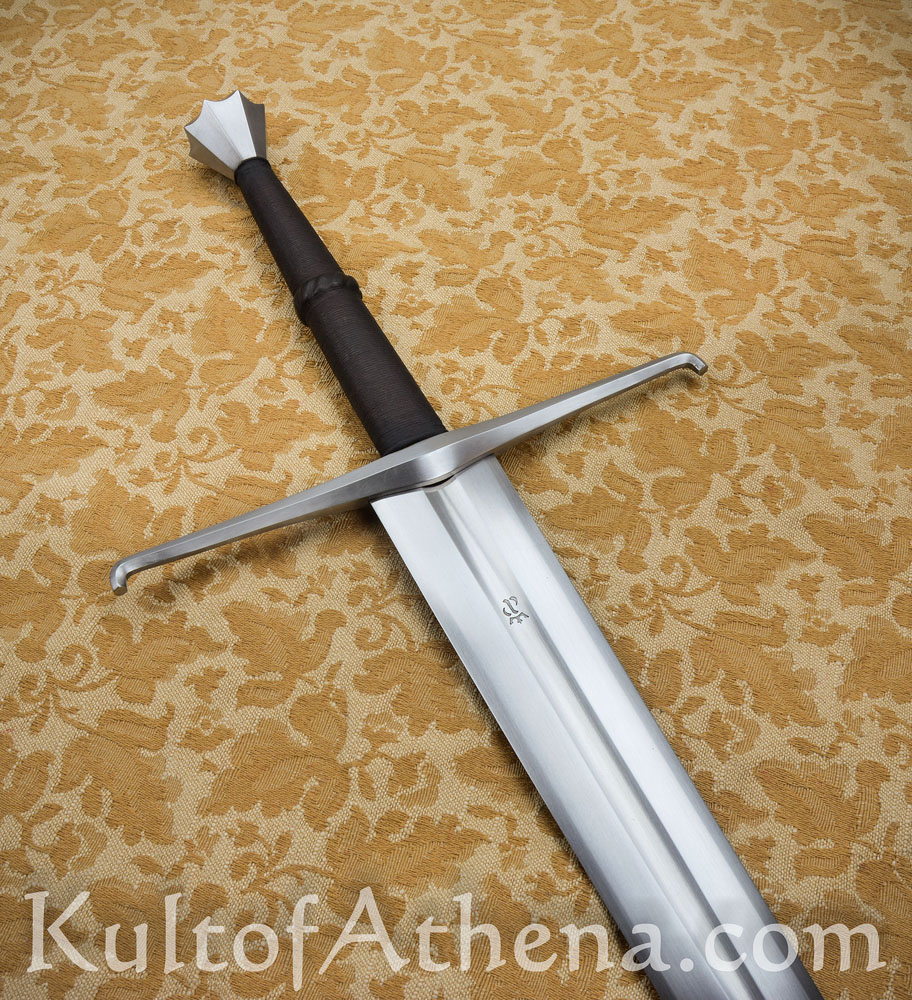

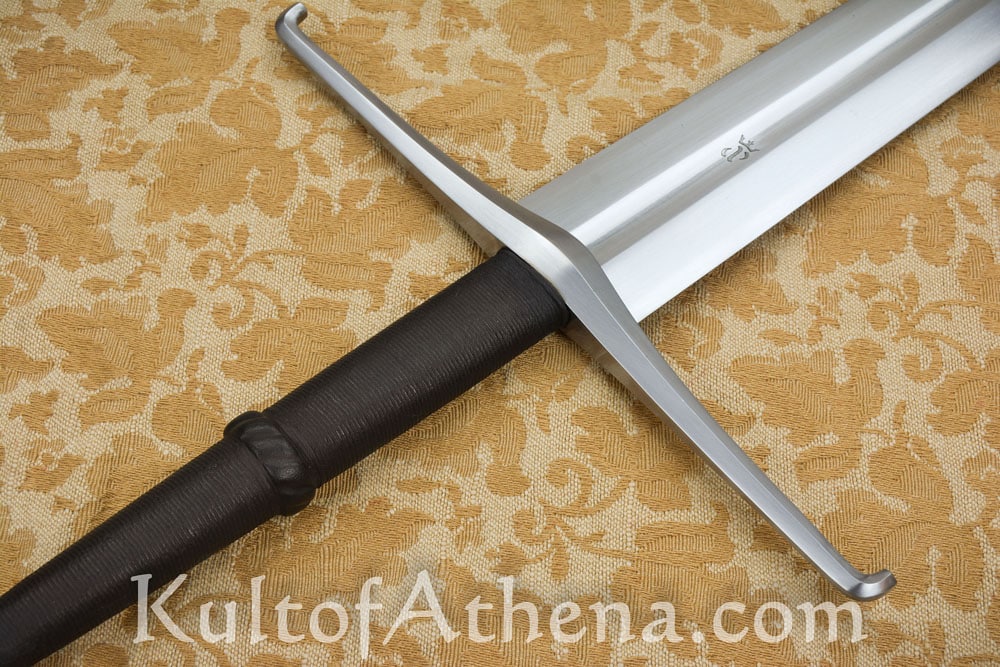
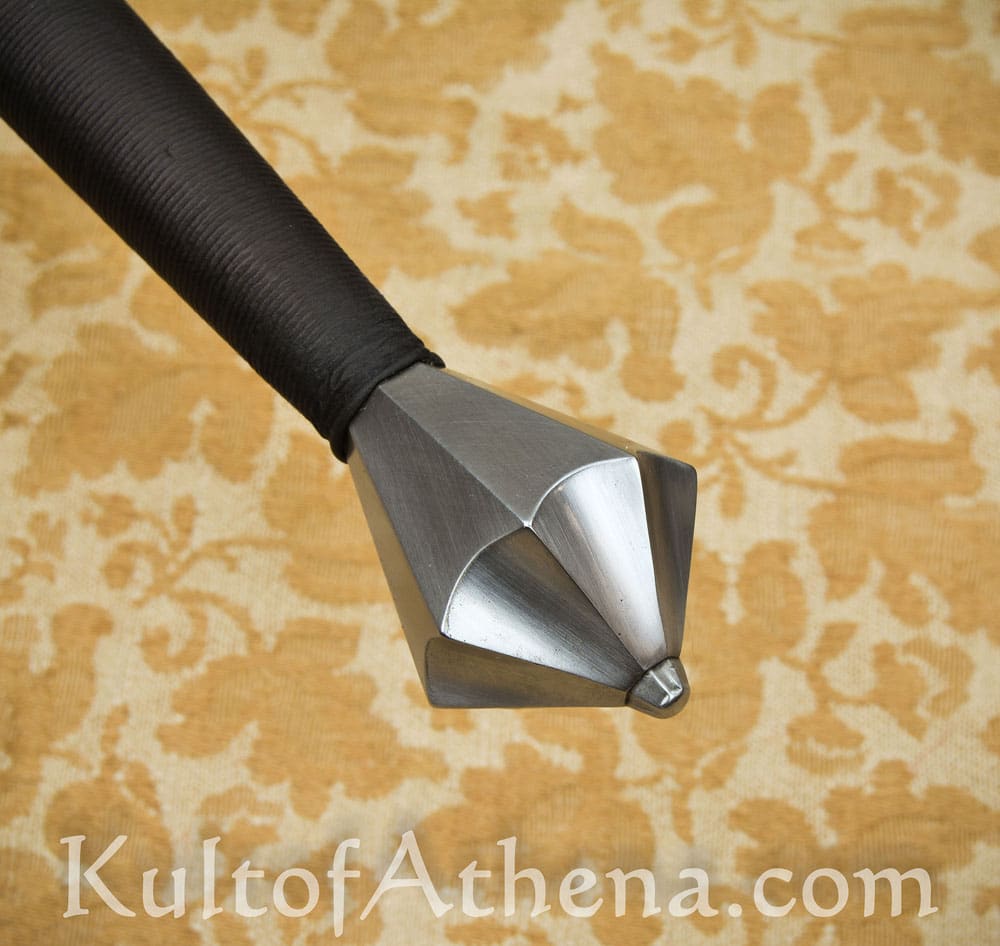
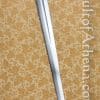

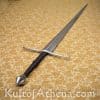
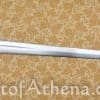
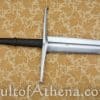

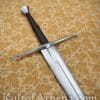
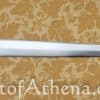
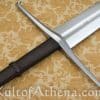
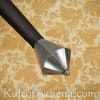
Michael P Smith –
This sword has achieved LENGENDARY status among sword collectors and for good reason! It is not only aesthetically stunning, but it handles beautifully, and although I have not cut with it, I understand it is a formidable cutter. Being a Museum Line sword, it is, of course based an historical original, in this case a sword held in Brescia. The original sword shows considerable signs of use during its working life, but is very well preserved. It is generally thought the blade was made in Passau (due to the presence of the “Running wolf” mark on the blade, and that it was hilted in Italy, though there is evidence that this style of hilt saw use all over Europe (a sword with a similar hilt is seen in graffiti at Beverly Minster in Yorkshire).
The Brescia sword has become popular enough that a number of makers produce some version of it, thought the Albion version is the only one that attempts to accurately represent the blade, which is somewhat unusual. It is similar in form to a Type XVIa blade, but has a subtle, but unmistakable broad secondary bevel towards the edge. Peter Johnsson has remarked that the transition from the primary to the secondary bevel is so consistent and straight that he is convinced it is an original feature of the sword, rather than evidence of later sharpening, especially considering that the edge itself shows some waviness due to later sharpening. The Albion Brescia Spadona is made to represent the original Brescia sword as it would have been when it left cutler’s shop new, sometime in the early-mid-15th century. The only thing lacking are the blade engravings. I would have like to have seen those replicated, but for whatever reason, Albion only included their Museum Line mark.
The execution of the hilt is one of the hallmarks of this sword. The long Style 8 guard is iconic of the late 14th to mid-15th century, and will look familiar to fans of the Alexandria-style Type XVIIIc. The long length of the guard offers protection to the hand from quite a few angles. The pommel is of scent-stopper style (Type T), but with the top faces concave, turning the pommel itself into almost a mace-head, which would make it effective in the “murder stroke” or simply a pommel bash to the face in a bind. Some have remarked that the blade is too flexible to be a military sword, and that this is most likely a sword for unarmed dueling, or civilian wear. I will not say that is not the case, but I will assert that though more flexible than a Type XV, XVII, or the XVIIIb’s I own, this is not a floppy sword by any means, and the point is very acute. I think it would thrust perfectly well, and cut better than most.
Most makers would be content to simply have a neat peen on the end of the pommel, but true to the original, the peen of the tang is part of the pommel itself, being shaped to blend in almost seamlessly. Touches like that are what sets this sword above its peers. it would have been a high-status object in its day, and it is a high-status object now… at least among sword collectors. This all comes at a price, of course. The Museum Line swords come at a premium, but at least in this case, it is a well justified one.
If you value these kinds of touches, then the answer to the question of “is this sword worth the price” is most definitely YES.